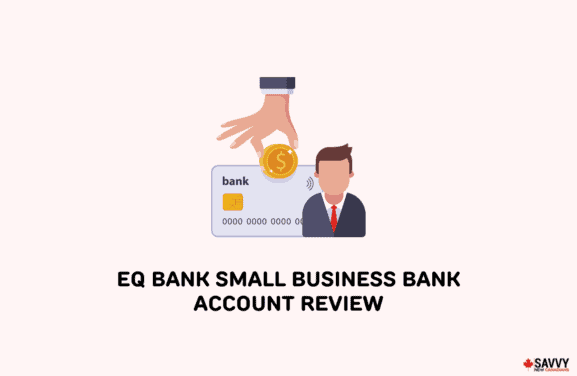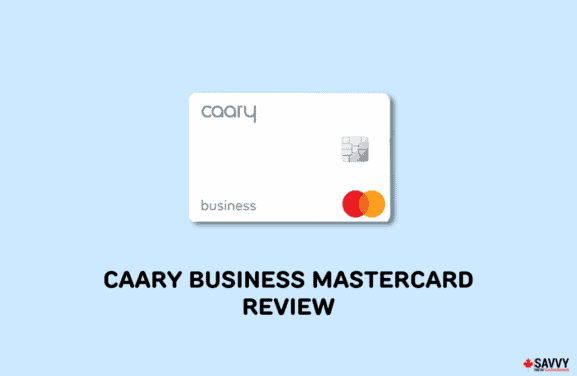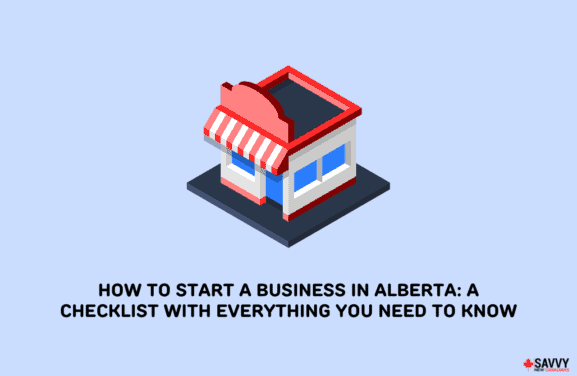Curious about starting your own Amazon FBA business? Want to know if it’s profitable? From learning the ropes as a beginner to calculating Amazon FBA fees like a pro, this guide will show you how to succeed.
Read to learn more and start your journey into this lucrative online business.
What is an Amazon FBA Business?
An Amazon FBA (Fulfillment by Amazon) business is a type of e-commerce business where the seller ships their products directly to Amazon’s fulfillment centers, which then handle storage, packaging, and shipping to buyers.
At its core, an Amazon FBA business involves partnering with Amazon to streamline the entire e-commerce process. Sellers send their products to Amazon’s fulfillment centers, and from there, Amazon takes care of storage, packaging, shipping, and even customer service.
This allows sellers to focus on marketing and sales while Amazon handles the logistics, making it a popular choice for online retailers.
How Amazon FBA Works
The beauty of Amazon FBA lies in its simplicity and efficiency. Here’s how it works:
- Sellers send their inventory to Amazon’s fulfillment centers.
- When a customer orders, Amazon’s system steps in and takes care of the following:
- Picks up the product from inventory.
- Packs it securely.
- Ships it to the customer.
- Offers customer support along the way.
This efficient process ensures timely delivery and taps into Amazon’s reliable reputation.
How to Sign Up for Amazon FBA
Embarking on your Amazon FBA journey starts with creating an Amazon Seller Account. As you sign up, you’ll encounter the option to enroll in the FBA program. Here are the steps:
- Visit Amazon’s Seller Central website.
- Click on “Start Selling” in the top right corner.
- Select “Amazon FBA” from the available options.
- Follow the prompts to create an account.
- Provide necessary business and product information.
- Pay the required service fee.
- Complete the sign-up process.
- Start listing and selling your products on Amazon.ca.
How to Start an Amazon FBA Business
Starting your Amazon FBA journey involves a sequence of crucial steps that build a strong foundation for your e-commerce venture. Let’s go over each step to prepare you for success.
1. Create Your Amazon Seller Account
Begin your journey by accessing Amazon Seller Central, a hub designed to manage your selling activities. Here, you’ll share essential information about your business. The key moment is selecting the FBA option.
By choosing this, you’re signalling that Amazon’s fulfillment services will be your go-to for customer orders. This step sets the stage for your Amazon FBA business by linking your account to this service.
2. Set Up FBA
With your Amazon Seller Account established, head over to the FBA dashboard. This is your control center for all things FBA-related. Here, you have the power to fine-tune settings to match your business’s unique needs.
Do you have specific shipping preferences? Want to manage your inventory a certain way? The FBA dashboard empowers you to make these decisions. This level of customization ensures that the FBA experience aligns perfectly with your business strategy.
3. Create Product Listings
Imagine your product listings as your storefront’s window display. They need to be enticing, informative, and grab the customer’s attention. Craft compelling descriptions that not only describe your products accurately but also highlight their unique benefits.
Use clear language, and if applicable, provide details about sizing, materials, and usage. Enhance these descriptions with high-quality images that show your products from various angles. Remember, your listing serves as the first point of contact with potential customers, so make it count.
4. Prepare Your Products
When your products begin their journey through Amazon’s fulfillment centers, it is essential to follow Amazon’s packaging and labelling guidelines carefully. Adherence to these requirements ensures that your products arrive at the fulfillment center in good condition and are prepared for efficient processing.
Proper packaging not only helps prevent damage but also streamlines the process, resulting in faster delivery times and satisfied customers.
5. Ship Your Products
Your products are packaged, labelled, and ready for the next phase. It’s time to ship them to an Amazon fulfillment center. The good news is that Amazon has simplified this process. Through the FBA dashboard, you’ll create shipments and receive guidance on how to pack and label each box.
Once your shipment is ready, Amazon provides tracking information, keeping you in the loop as your products make their way to the fulfillment center. This efficient approach ensures that your products are stored and handled properly, ready to fulfill customer orders.
Embarking on your Amazon FBA journey requires these carefully orchestrated steps. By following them diligently, you’ll set a strong foundation for your business and ensure that your customers receive their orders promptly and efficiently.
How Amazon FBA Inventory Management Works
Amazon FBA (Fulfillment by Amazon) inventory management works by storing and shipping products from Amazon’s warehouses. Sellers can view real-time inventory levels, track shipments, and receive automated notifications for low stock.
Amazon handles order fulfillment, customer service, and shipping, allowing sellers to focus on marketing and sales.
In Canada, Amazon offers FBA services through its Canadian Fulfillment Network, with warehouses located in British Columbia, Ontario, and Quebec.
Amazon FBA Fees
When selling on Amazon’s platform in Canada, there are fees associated with using Fulfillment by Amazon (FBA) services.
Fees are determined based on several factors, including the weight and size of the products and the location of where the inventory is stored. There are two primary types of fees: fulfillment fees and storage fees.
- Fulfillment Fees: These cover the costs of picking, packing, and shipping orders. It varies depending on the distance between the customer’s address and the nearest Amazon facility, known as a Sortation Facility. Additionally, if the item is eligible for free shipping, there may be additional fees associated with providing this service.
- Storage Fees: Inventory storage fees at Amazon fulfillment centers are calculated monthly based on the daily average volume of your items stored in the facility. This volume calculation takes into account the proper packaging and shipping dimensions of each unit.
- Referral Fees: Amazon charges a referral fee for each item sold. The amount varies by product category, with most fees ranging between 8% and 15%.
- Other Fees: Amazon charges a monthly high-volume listing fee for sellers who list more than 1.5 million active non-media SKUs. The fee is CAD 0.001 per SKU over 1.5 million.
Additionally, there is a refund administration fee of CAD $5.00 or 20% of the referral fee, whichever is less, if a seller receives a refund for an item they previously sold.
There is also a CAD $0.11 per unit surcharge for lithium batteries, items containing lithium batteries, and dangerous goods (hazmat).
Pricing strategies must consider the impact of FBA fees, especially when offering Prime-eligible items. To keep prices low and stay profitable, it’s important to know how much FBA services cost.
Then, you can add those costs to the price of your products when you set your prices. That way, you can still make a profit even after paying for FBA services.
Pros and Cons of Selling on Amazon FBA
Here are some pros and cons of selling on Amazon FBA in Canada:
Pros
- Prime Eligibility: Products fulfilled by Amazon are eligible for Prime, a badge that holds immense value in the eyes of consumers seeking fast and reliable shipping.
- Efficient Fulfillment: With Amazon handling the logistics, sellers can allocate more time to business growth, marketing, and product improvement.
- Customer Trust: Amazon’s reputation for exceptional service bolsters customer confidence in your brand.
- Global Reach: The ability to reach customers across Canada and beyond.
Cons
- Fees: While the convenience is invaluable, FBA fees can impact profit margins, particularly for items with lower price points.
- Competition: The popularity of FBA has resulted in increased competition among sellers vying for customer attention.
- Policies and Restrictions: Amazon’s policies and restrictions can be complex and difficult to navigate.
Is an Amazon FBA Business Profitable?
An Amazon FBA business can indeed be profitable in Canada despite some challenges and fees involved.
With a large and growing e-commerce market, a high demand for imported products, and Amazon’s reliable logistics and fulfillment services, many Canadian businesses have achieved success on the platform.
But it’s crucial to thoroughly research and plan before launching an Amazon FBA business in Canada to maximize your chances of profitability.
The 7-Day Business Starter Course: Launch Your Canadian Business Like a Pro!
The Seven Day Business Starter is the only program you’ll ever need to start and build a successful business that will support you for years. This course is designed for Canadian entrepreneurs seeking guidance to turn their ideas into thriving businesses.
Learn how to create your business plan, register your business, master your finances, succeed at marketing, make your first sale, build an operating system, and automate processes. See real-life examples and get lifetime access to an exclusive online community.
Sign up with our exclusive promo code SAVVY25 and get a 25% discount (30 day money back guarantee).
You can also look at this course on Bookkeeping and Taxes for Freelancers (use SAVVY25 for a 25% discount).
FAQs
Yes, Amazon FBA is a legitimate and widely embraced business model that empowers entrepreneurs to reach a global audience.
Earnings potential varies widely. Successful FBA sellers have achieved significant income by capitalizing on the vast Amazon marketplace.
The initial investment varies based on your chosen products, their sourcing costs, and any associated expenses like product photography and branding.
While Amazon FBA simplifies many aspects of e-commerce, achieving sustained success requires effective product research, marketing prowess, and adaptability.
Related:




